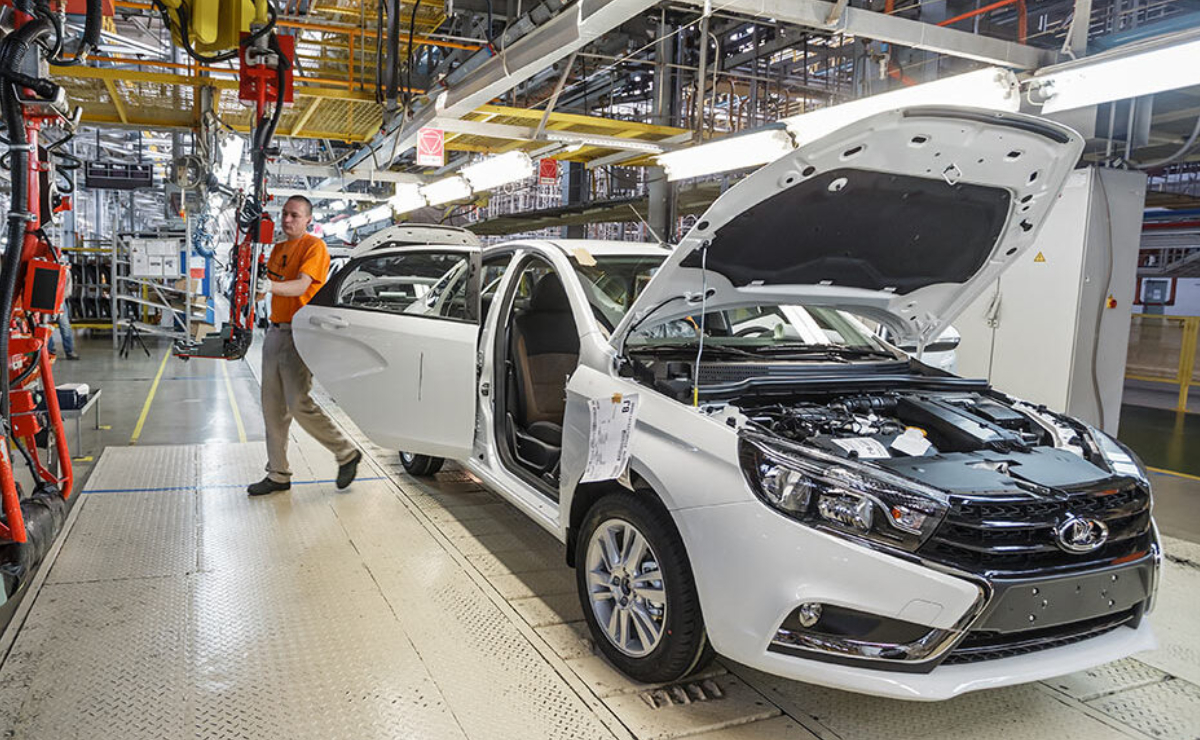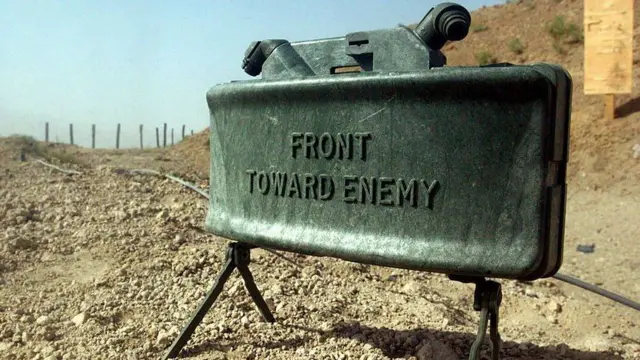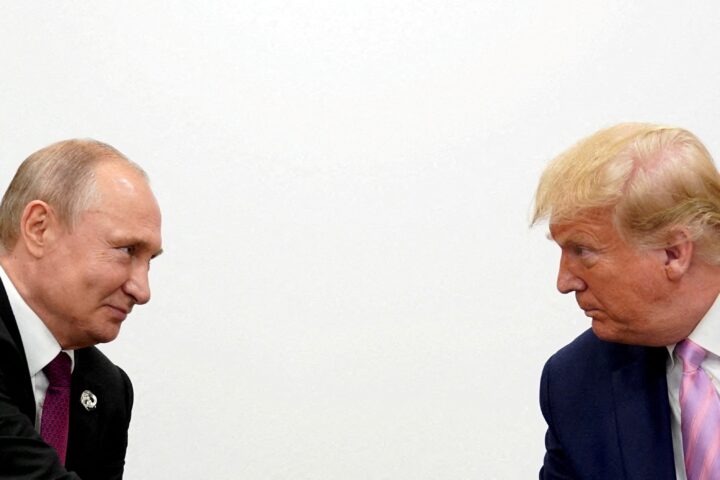The Russian passenger car market experienced a significant downturn in the first half of 2025, shrinking by 27% compared to the same period last year, according to Bloomberg’s. The outlook for the full year has also been downgraded, with an expected contraction of 24% — nearly 9 percentage points worse than previous forecasts.
Economic challenges hit demand and production
A combination of rising borrowing costs, higher state fees, and falling real incomes is putting severe pressure on the Russian automotive sector. The Central Bank of Russia’s persistent interest rate hikes and increased fees are deterring many potential buyers. Meanwhile, the ongoing Special Military Operation (SVO) continues to weigh on the population’s disposable income. On top of this, the domestic market is facing growing competition from Chinese car manufacturers, pushing Russian automakers into a tighter corner.
Auto loan volumes dropped by 50% in the first five months of 2025, reflecting the sharp decline in consumer purchasing power. Attempts to maintain the market’s independence face tough realities as international companies withdraw and middle-class consumers feel the pinch.
Military production grows, civilian sector contracts
While the military-industrial complex is expanding rapidly — increasing production of missiles, artillery, military vehicles, aircraft, and naval vessels — this growth is not translating into broad economic gains for the wider population. The civilian automotive sector, classified as non-military, is shrinking sharply. Reduced incomes and economic uncertainty are dampening demand for new cars, driving down sales further.
Russian hopes that sanctions might create an opportunity to boost domestic production of vehicles like the Lada Vesta, Lada Largus, GAZ Tigr, and UAZ Hunter have not materialised. Instead, the industry continues to contract despite state support.
Risks to AvtoVAZ and domestic car manufacturing
Western experts warn that without affordable auto loans and urgent modernisation, Russia’s leading automaker AvtoVAZ could lose its market position. The 26% drop in Lada sales in the first five months of 2025 illustrates a deeper problem — the lack of a coherent independent strategy for the country’s flagship car producer, as highlighted by Bloomberg journalist Sofia Sorochinskaia.
As the government prioritises military spending, the civilian car industry faces a shrinking market and growing financial pressure, raising questions about its future viability.














